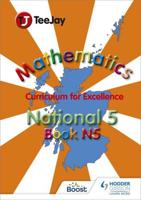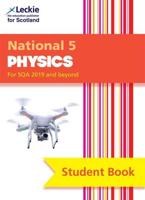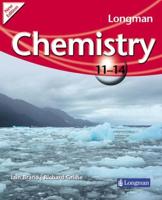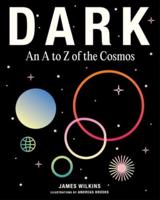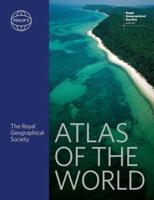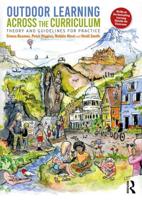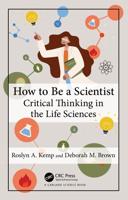Publisher's Synopsis
Are you interested in a three-dimensional approach to helping your high school physics students learn the practices of science, including constructing explanations and engaging in argument from evidence? By using argument-driven inquiry (ADI) for high school physics lab instruction, you can do just that. Student Lab Manual for Argument-Driven Inquiry in Physics, Volume 2 provides the lab safety information and student materials you need to guide your students through the investigations in the teacher book, Argument-Driven Inquiry in Physics, Volume 2.The manual contains a well-organized series of 17 field-tested labs that are designed to be much more authentic for instruction than traditional laboratory activities. The labs cover a variety of topics, including electrostatics; electric current, capacitors, resistors, and circuits; and magnetic fields and electromagnetism. Introduction labs acquaint students with new content. Application labs encourage deeper exploration of the use of a theory, law, or unifying concept.ADI in Physics, Volume 2 is a follow-up to ADI in Physics, Volume 1: Mechanics Lab Investigations for Grades 9-12. Both are part of the NSTA Press series for ADI in biology, chemistry, Earth and space science, life science, and physical science. The labs also support three-dimensional instruction, helping students learn the science practices, crosscutting concepts, and core ideas found in the Next Generation Science Standards. The labs also support student learning of standards in both algebra- and calculus-based AP Physics courses. In addition, they offer ways for students to develop the disciplinary skills outlined in the Common Core State Standards.Many of today's high school teachers—like you—are seeking new ways to engage students in science practices and help students learn more from lab activities. ADI in Physics, Volume 2 and its companion lab manual do all of this while also giving your students the chance to practice reading, writing, speaking, and using math in the context of science.

